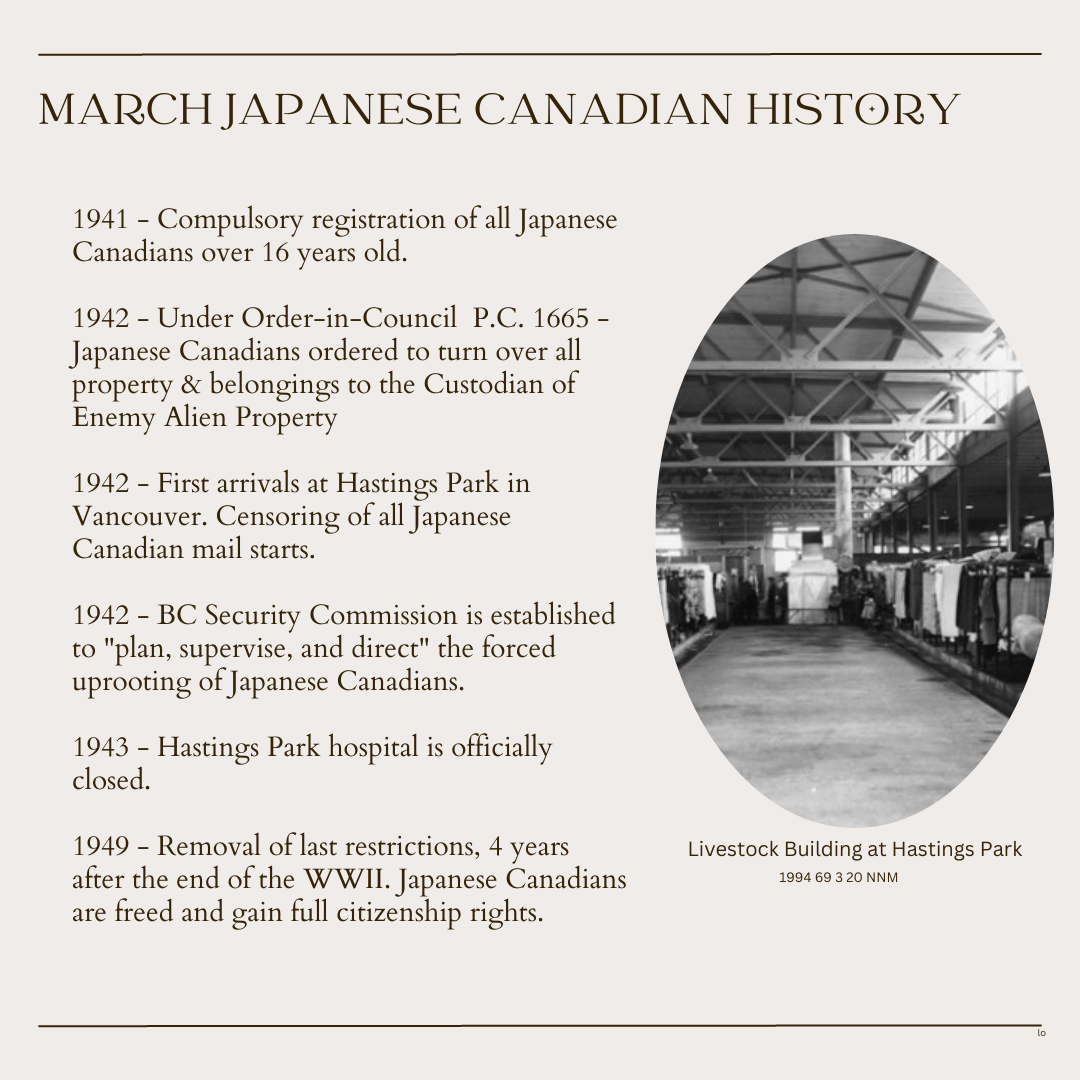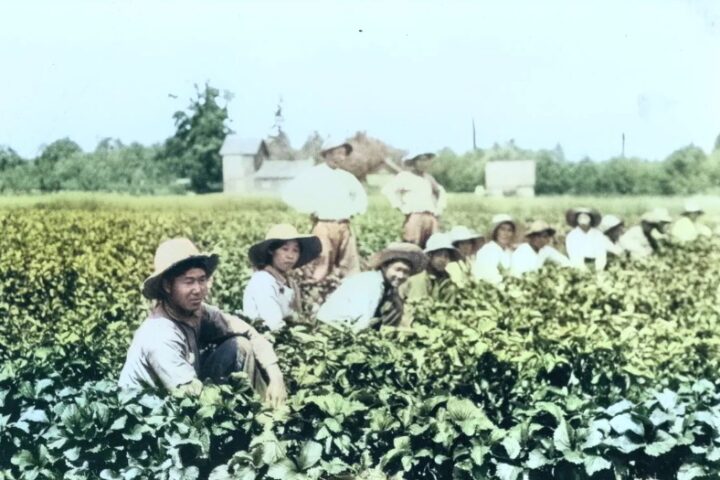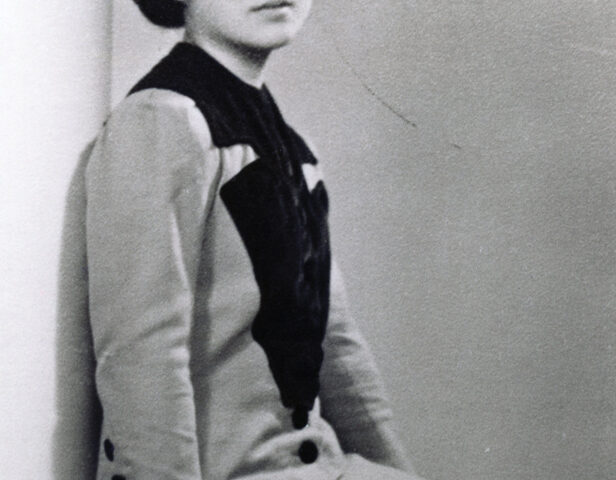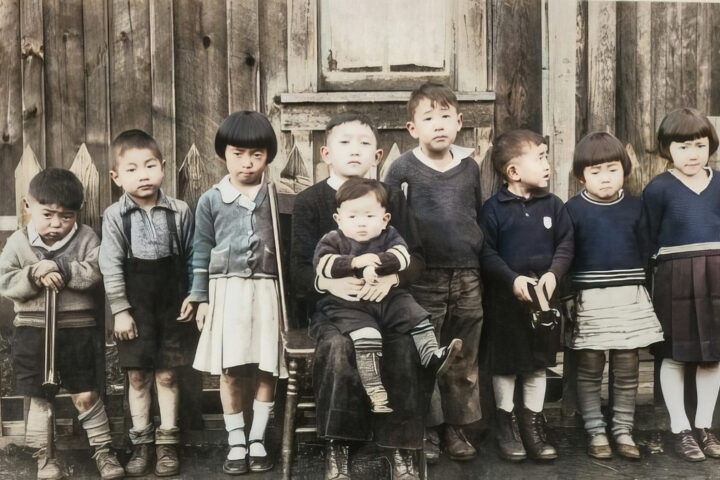Highlights of March Dates in Japanese Canadian History
by Lorene Oikawa, Past President NAJC
In 2023, the National Association of Japanese Canadians (NAJC) is reviewing the highlights of dates for each month, from the period 1941 to 1949. We are looking at the actions of government and the impact on Japanese Canadians.
March 4, 1941 The Royal Canadian Mounted Police (RCMP) start the process of registration of Canadians of Japanese ancestry and finish their work at the end of August. No similar action is taken against anyone with German or Italian ancestry.
Earlier in the year, Prime Minister Mackenzie King makes a public statement that “The great majority of people of Oriental racial origin who are now in Canada are thoroughly loyal to their adopted, or in the case of the larger percentage who were born in Canada, their native land” but it doesn’t stop him from initiating compulsory registration of all Japanese Canadians 16 years and older. His public statement was a response to a special investigating committee’s report on the issue of allowing Japanese Canadians into military service. The committee recommended that Canadians of Japanese ancestry be exempted, but not because of any issues with loyalty or spying. In fact, police representatives from different branches reported that throughout the years there had not been any evidence of any “subversive activity.” Japanese Canadians had “an admirable record as law-abiding and decently behaved citizens.” The mistrust of Japanese Canadians was being “deliberately inflamed by certain individuals for reasons which can only be ascribed to a desire for personal political advantage.”
March 4, 1942 Under Order-in-Council P.C. 1665 Japanese Canadians are ordered to turn over property and belongings to the Custodian of Enemy Alien Property as a “protective measure only,” and sweeping powers are given to the British Columbia Security Commission. Later, the office of the Custodian would quickly liquidate all assets without the owners’ permission.
The British Columbia Security Commission is established with three members, Chairman Austin Taylor, a Vancouver industrialist, Assistant Commissioner of the RCMP F.J. Mead, and Assistant Commissioner of the Provincial Police John Shirras. They will “plan, supervise, and direct” the forced uprooting of Japanese Canadians. An additional 21 members form an Advisory Committee including two provincial government cabinet ministers who were known for their extreme views against Japanese Canadians, Attorney-General R.L. Maitland, and Minister of Labour George Pearson.
March 16, 1942 The Department of National Defence appropriates the Hastings Park grounds (official name is Hastings Park Manning Pool) in Vancouver and turns it over to the BC Security Commission. They use it as a “clearing station” where over 8,000 Japanese Canadians from outside of the Vancouver will be temporarily held until they can be sent to internment and work camps.
Some local Japanese Canadians would take their vehicles to Hastings Park to be impounded. Some also had to go to register or for medical exams. An office of the BC Security Commission and a hospital was set up at Hastings Park.
Starting on March 16, the first group of Japanese Canadians arrive at Hastings Park and the families are separated. Women and children are forced to live in the livestock building. Boys (13-18 years old) and men are forced to live in separate buildings. All movement was controlled. In order to go to another building, a pass had to be requested and it wasn’t quick or easy to obtain.
All Japanese Canadian mail (incoming and outgoing) is censored from this date. Strict instructions are issued by the Canadian Postal Censor in Vancouver. Censorship resulted in delayed delivery of letters. For example, letters going from Eastern Canada to the internment camps would take from 10 days to a month.
March 25, 1942 The British Columbia Security Commission direct Japanese Canadian men in Vancouver to report to the RCMP barracks as part of a scheme to force men to road camps and send women and children to internment camps set up in former “ghost towns.” There is also an acceleration of the removal of Japanese Canadians from outside of Vancouver and by March 25, the population at Hastings Park is 1,593.
“As the Commission moved to implement policy, the assumption that evacuation was based on “national security” or was a matter of “military necessity” was not questioned by policy makers, by administrators, by political opponents of Mackenzie King, by newspaper editors and columnists, by the churches, by Canadians in general, nor by men and women dedicated to the protection of civil rights. The fact that a group of people was expelled from a large area of the country, without hearings or trials and merely on the grounds of racial ancestry, and that all rights of citizenship had been abrogated, excited little comment across the country.” – Ken Adachi, author, The Enemy That Never Was.
March 31, 1943 At Hastings Park, there are 105 Japanese Canadians remaining in the hospital. As of March 31, the hospital at Hastings Park is officially closed. Japanese Canadian patients and medical staff leave Vancouver. They travel by train to New Denver where a 100 bed sanitorium was built. Their arduous journey becomes even harder when a rockslide on the tracks means their trip becomes an overnight journey.
“In early 1942, 125 Japanese Canadian patients were transferred by the Director of Vancouver’s Tuberculosis Hospital ‘to free beds for use by Caucasian patients’ according to the memories of Trenna Hunter, the head nurse who had to hastily change plans and set up two hospital wards and other facilities in the Livestock Building.” – Dan Tokawa, President, Japanese Canadian Hastings Park Interpretive Centre Society
March 31, 1949 Removal of the last restrictions against Japanese Canadians takes place on March 31, 1949, four years after the end of the Second World War. The restrictions imposed under the War Measures Act and continuously extended under the Transitional Measures Act are lifted.
Japanese Canadians are freed and gain the full rights of citizenship including the right to vote in BC provincial elections and federal elections anywhere in Canada. British Columbia had denied the vote to Japanese Canadians and the Elections Act had a section that said those who were denied a provincial franchise were denied the federal franchise.
Citizenship means some barriers are removed for Japanese Canadians. They are now able to get jobs in public service, obtain licenses including professional licenses, run for public office, practise law, and return to the fishing industry and other industries in BC.
Tatsuro Buck Suzuki, a fisher and former union activist, contacted the United Fishermen and Allied Workers Union and advocated for the return of Japanese Canadian fishers to BC. Suzuki, George Tanaka, Seijiko Homma and U. Sakamoto met with the Union and both groups agreed that returning Japanese Canadian fishers would join the union. The union leadership agreed to support their return as long as special licensing, geographic fishing restrictions, and parallel bargaining wouldn’t happen. By 1950, more than 200 Japanese Canadian fishers had returned, but far short of the over 1,000 fishers that once held half the fishing licenses in 1919.
Japanese Canadians were free to move anywhere in Canada including the “100 mile protected zone” along the west coast of British Columbia. Any fears of a mass return of Japanese Canadians were unfounded. Japanese Canadians had been dispossessed so they did not have any property or possessions such as fishing boats which had been taken from them. They had been exiled to other parts of Canada and would have to start from scratch to build up resources that took years to obtain. Also, British Columbia represented the racism that forced their removal, dispossession, and exile, and some British Columbians continued to hold their racist beliefs.




